As the world grapples with the urgent need to mitigate climate change, the shipping industry is under increasing pressure to decarbonize.
Among solutions to improve the energy and environmental efficiency of sea-going vessels, lower friction coatings (LFC) present themselves as a widespread solution to achieve fuel consumption savings and reduction of greenhouse gas (GHG) emissions.
Stakeholders are seeking insights on vessel performance characteristics, potential savings, influence on GHG emissions and regulatory compliance costs such as EU ETS. The performance of an LFC project depends on various factors, such as the vessel characteristics, the route and the weather conditions.
Speed-Power Curves and Fuel Consumption Tables are created for either standard conditions and/or specified weather conditions. Under specified weather conditions the resistance due to added wind and waves is considered in the vessel’s propulsion model. The effect of coatings is considered through an Average Hull Roughness (AHR) value.
Note: For pre-EEDI vessels, the speed-power curve in standard conditions at the design or EEDI draft based on full-scale predictions from model test report can be used in the context of EEXI regulation subject to the new hull roughness measurements being carried out as per NACE SP0616- 2022 “Standard for Hull Roughness Measurements on Ship Hulls in Dry fDock”, by an independent company, and witnessed by Class Surveyor.
Prediction of Fuel Savings is carried out for a range of specifications, such as past conditions within a timeframe, specified routes and specified conditions. Hindcast metocean data is utilized to estimate fuel savings. To enable stakeholders to make decisions, ABS applies transparent methodologies for the operational and route profiling and estimation of fuels savings.
Life-Cycle Cost Analysis is part of a stakeholder’s decision-making process. To derive payback time, ABS is executing the analysis using the supplied input from savings and expenditure perspectives. The influence on the cost of compliance to EU ETS regulation can be included.
Performance Evaluation After Application is carried out based on analysis of high-frequency measurements. Measurements are compared against a reference model to obtain improvement.










































